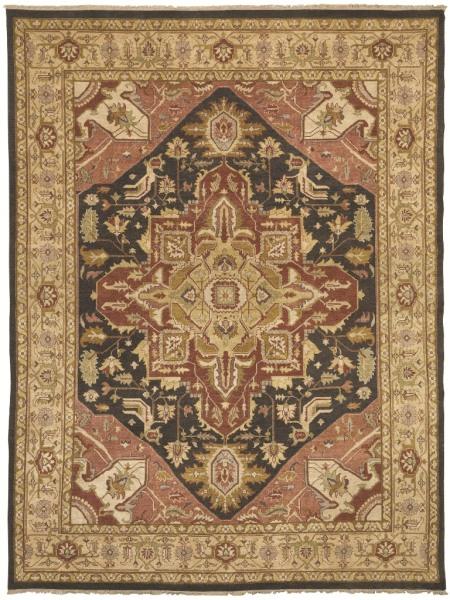Peshawar Rugs
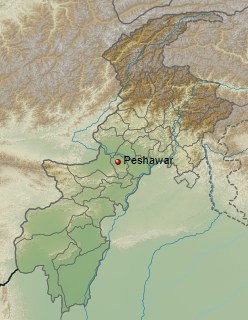
Peshawar is the capital of the Pakistani province of Khyber Pakhtunkhwa and its largest city. It is the sixth-largest city in Pakistan, and the largest Pashtun-majority city in the country.
Situated in the broad Valley of Peshawar just east of the historic Khyber Pass, close to the border with Afghanistan, Peshawar’s recorded history dates back to at least 539 BCE, making it the oldest city in Pakistan and one of the oldest cities in South Asia.
It was once the capital city of Gandhara. A district traditionally placed in the extreme northwest of the Indian subcontinent. It was located along both banks of the Indus, around the famous cities of Takshaśilā (Taxila) and Pushkalāvatī (modern Charsada, northeast of Peshawar).
Peshawar rugs are woven by Pashtuns some of whom are Afghan Immigrants.
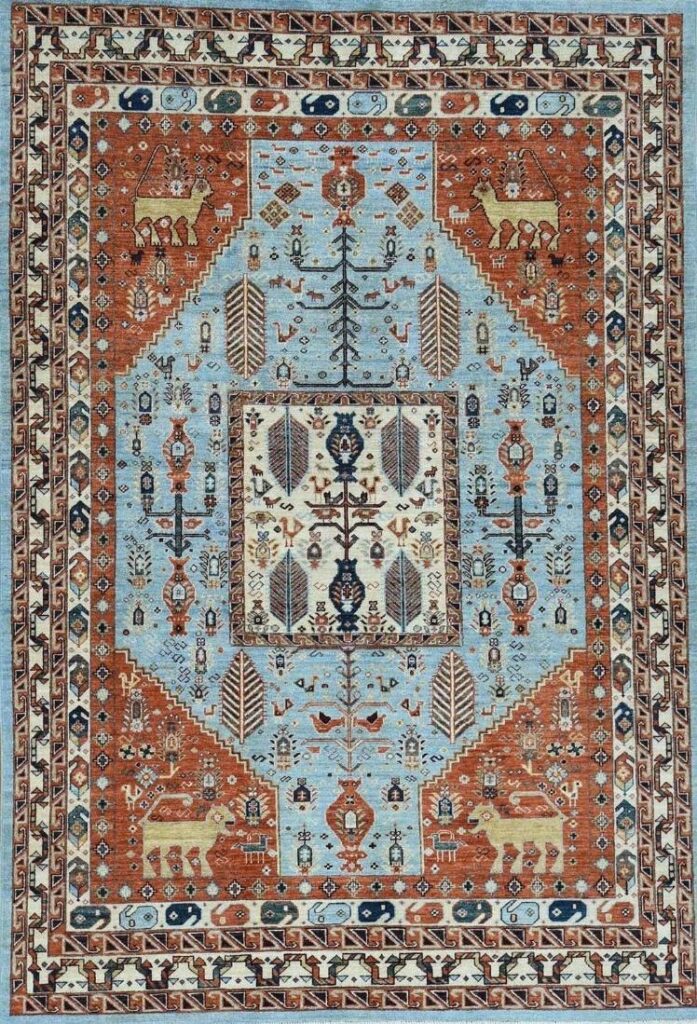
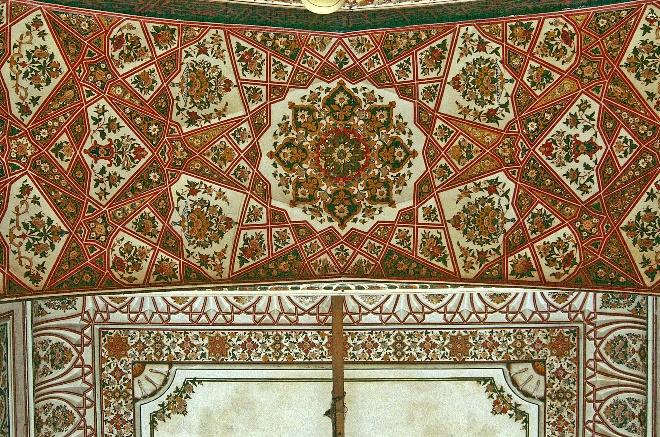
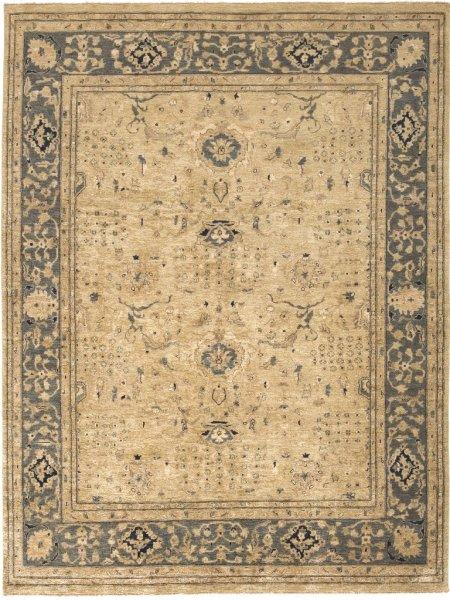

Technical aspects and the structure of Peshawar Rugs
Peshawar rugs are woven on a cotton foundation with woolen pile. Both asymmetric (Persian) and symmetric (Turkish) knots are used. Various knot densities are possible. These are considered coarser than those woven in Lahore. Most of rug sizes could be found. Runners are common. Carpet sizes may be available.
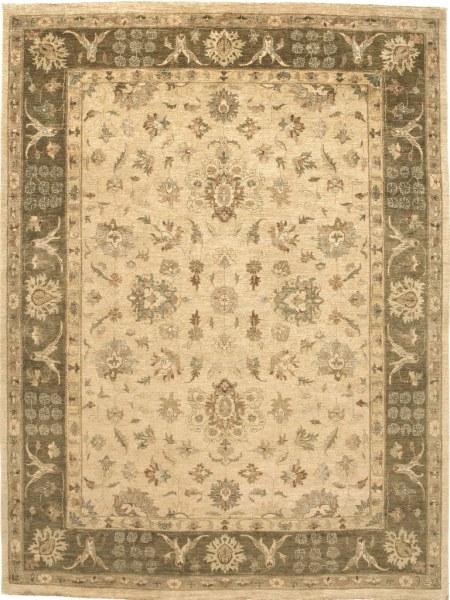

Dyeing and painting of Peshawar Rugs
Peshawar is a big source for rugs called ‘Chobi’. Chub or chob is Persian for wood and chobi indicates light brown feature of these rugs. Whitewashing is common here. Acid moderated blue could also be dominant in some Peshawar rugs’ fields. Tan, beige, cream and acid moderated madder are common.
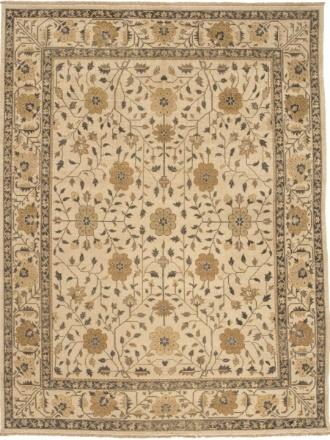
Designs and patterns of Peshawar Rugs
Persian, Caucasian and Anatolian designs are copied in Peshawar. These include central medallions with spandrels, which are mostly in Persian style, all-over designs, such as Anatolian Ushaks, and prayer designs.
In Caucasian types stylized animal and human figures are used as filling motifs. Persian types mostly include Tabriz, Heriz and “American Saruq” factory style.

